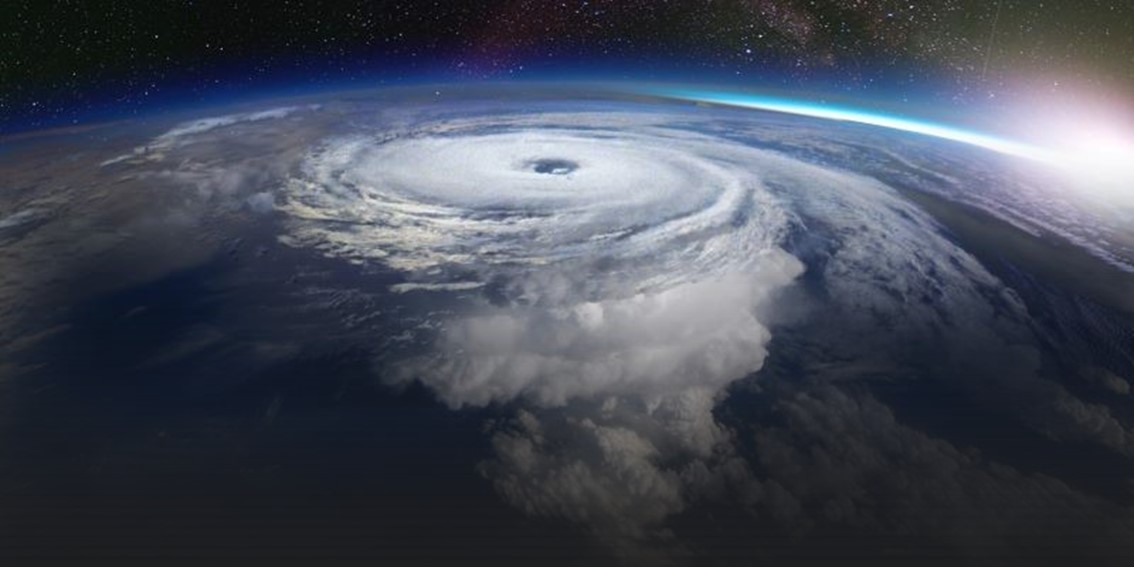


Key Headlines
- Landfall: Hurricane Milton made landfall near Siesta Key, Florida at around 8:30 p.m. EDT Wednesday, October 9, 2024, according to the National Hurricane Center (NHC). A Category 3 hurricane at the time of landfall, with maximum sustained winds of 120 mph, Milton marks the third hurricane to make landfall in Florida this year (Debby and Helene). Milton is only the 3rd hurricane to directly strike the Sarasota area since 1851, and the first major hurricane to do so.
- Current Status: As of 8 a.m. EDT, Milton’s center of circulation completed its passage through the Florida Peninsula and is now located over the Atlantic Ocean. The storm is still maintaining hurricane strength, with maximum sustained winds of 85 mph. Milton is expected to weaken and lose tropical characteristics over the next day, likely becoming a frontal system by Friday morning.
Milton’s Impacts
Milton’s landfall in Florida was characterized by 3 major impacts. Ahead of Milton’s core making landfall, a large tornado outbreak took place over central Florida during the day on Wednesday. As Milton’s eye approached landfall, major seawater flooding from storm surge began to take place in Manatee, Sarasota, Charlotte, Lee and Collier Counties. Milton also brought strong winds and flash flooding to the Tampa Bay metro area, Orlando, and the rest of the I-4 corridor overnight Wednesday into Thursday.
- Tornado Outbreak and Wind: As Milton’s eye tracked northeastward towards Sarasota County, outer bands of the hurricane produced a prolific tornado outbreak. Warm tropical air interacted with an environment of robust wind shear, helping thunderstorms over Florida generate rotation. National Weather Service stations across Florida issued 126 different tornado warnings on October 9, the second most ever recorded in one day. Only Alabama during the April 27, 2011, tornado outbreak has issued more tornado warnings in one calendar day. Winds gusts in excess of 100 mph were also present in Milton’s eyewall, causing extensive wind damage in downtown St. Petersburg. The fabric roof of Tropicana Field, home of Major League Baseball’s Tampa Bay Rays, was shredded by Milton’s winds. The most best-placed observation stations to capture peak gusts all went offline before Milton made landfall. One example is in Venice, Florida which experienced a 100 mph gust 30 minutes before landfall but did not provide any subsequent readings.
- Storm Surge: Locations to the southeast of Milton’s eye received highest levels of storm surge. Peak storm surge will remain unknown until post-event USGS, surveys but the closest gauges in Fort Myers and Naples both experienced surge over 5 feet. Hurricane Milton represents the second highest water level ever recorded at both of these stations and brought major flooding to both locations. It is worth noting that Naples is over 100 miles from Milton’s landfall location so it is incredibly likely that coastal areas closer to landfall (such as Charlotte Harbor) experienced much higher storm surge values.
- Pluvial Flooding: The convergence of warm tropical moisture from Milton’s core and cooler air from the frontal system to its north enhanced rainfall rates and wind gusts in Milton’s northern eyewall. St Petersburg recorded 5.09 inches of rain in 1 hour Wednesday evening, and nearly 19 inches of rain from Milton. The hourly rainfall represented a 1-in-1000-year event for the region. A broad swath of 10 inches of rain or more was observed across the state of Florida for the locations affected by the northern portion of Milton.








A post-event report will be issued on Hurricane Milton in the coming days once the scope and severity of impacts has been clarified.